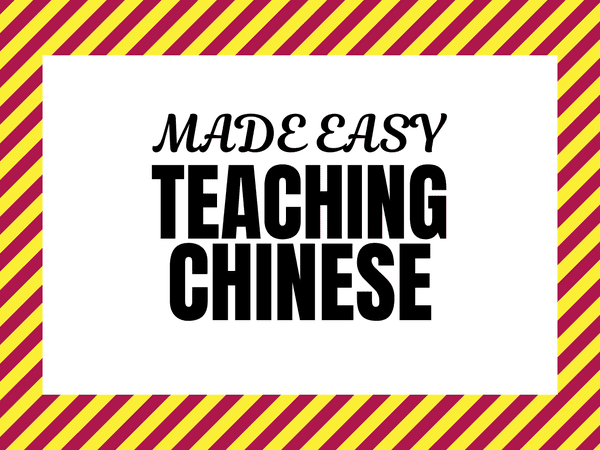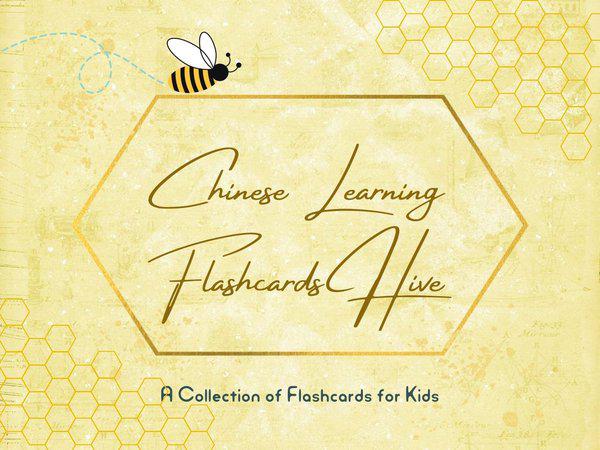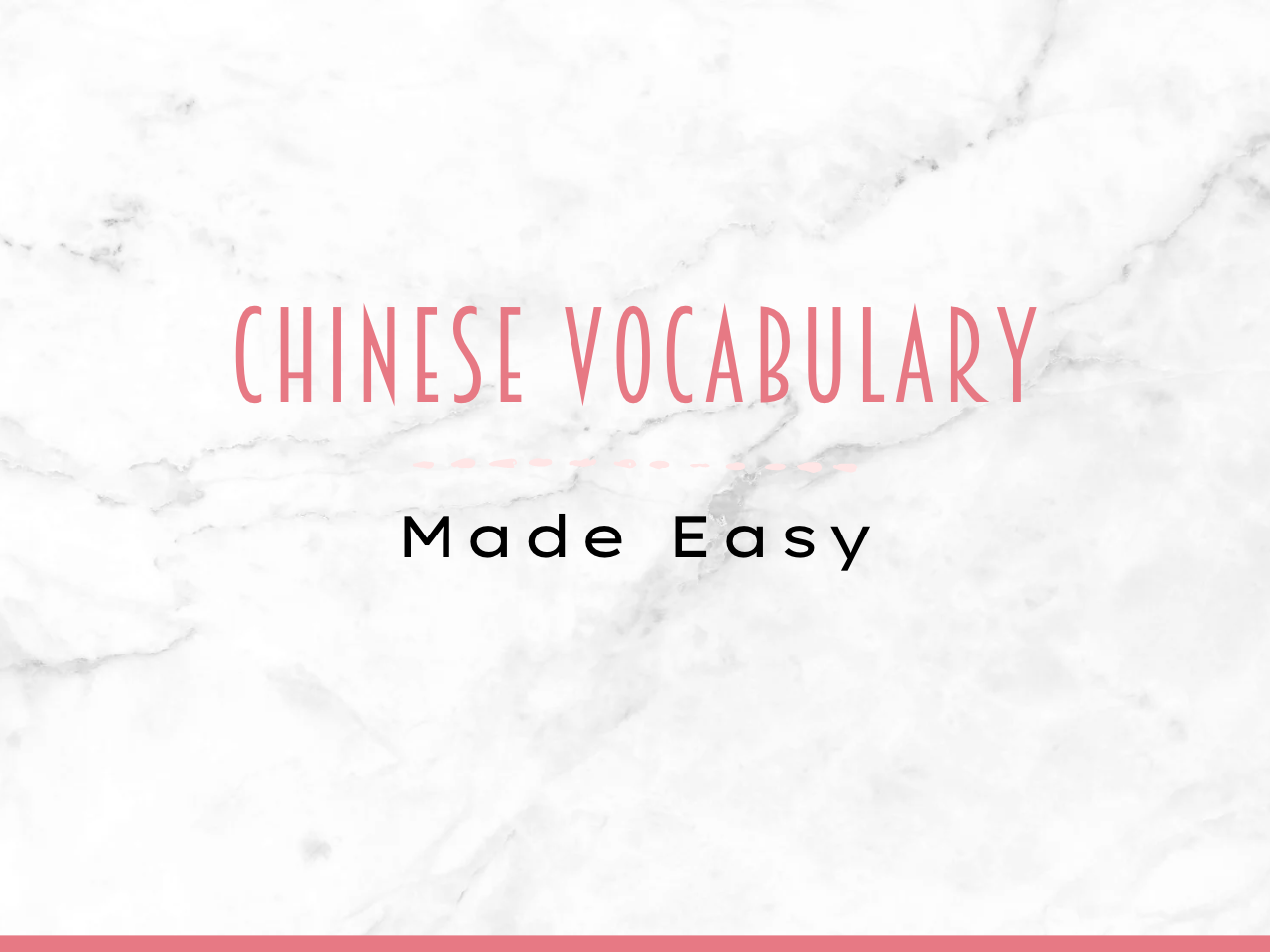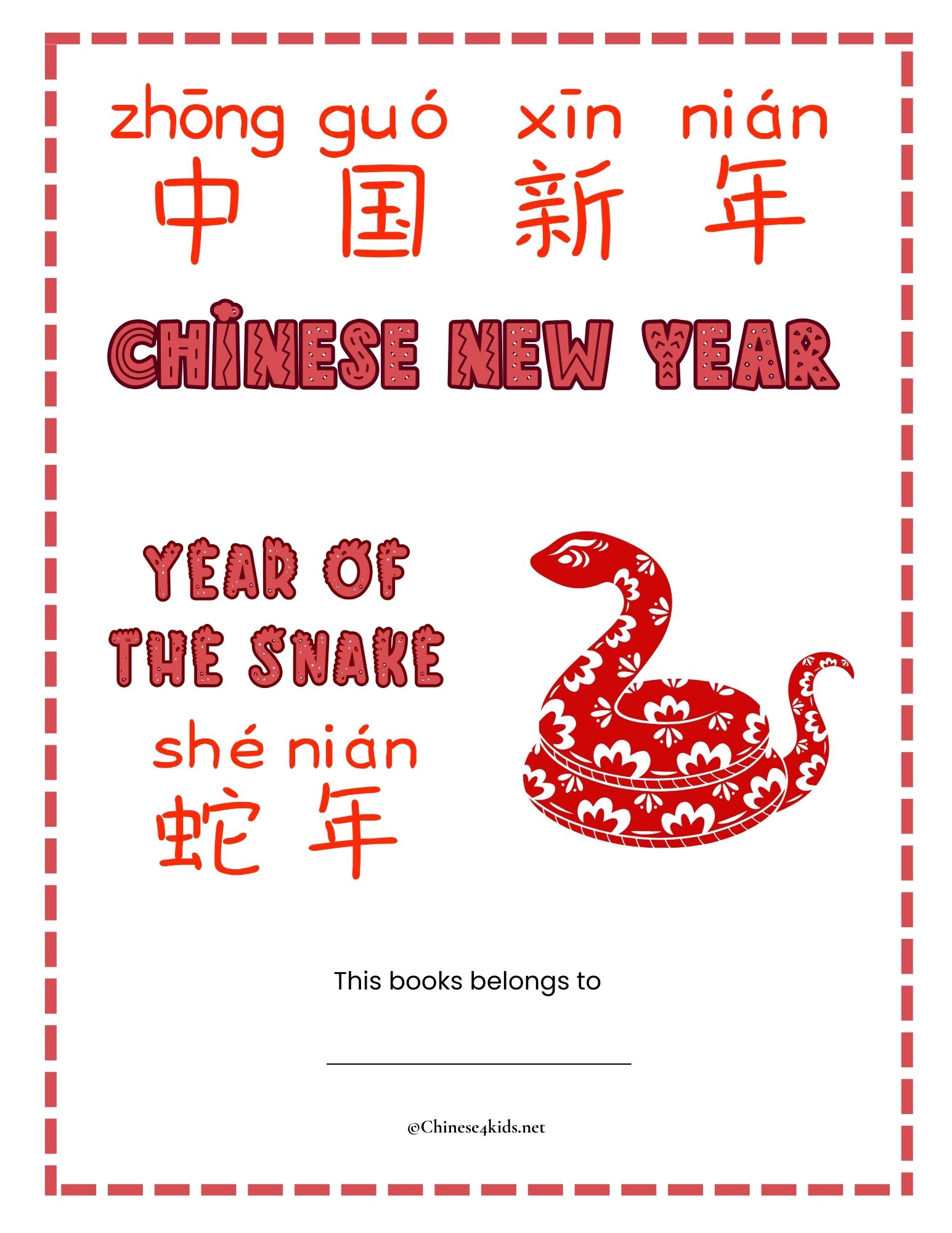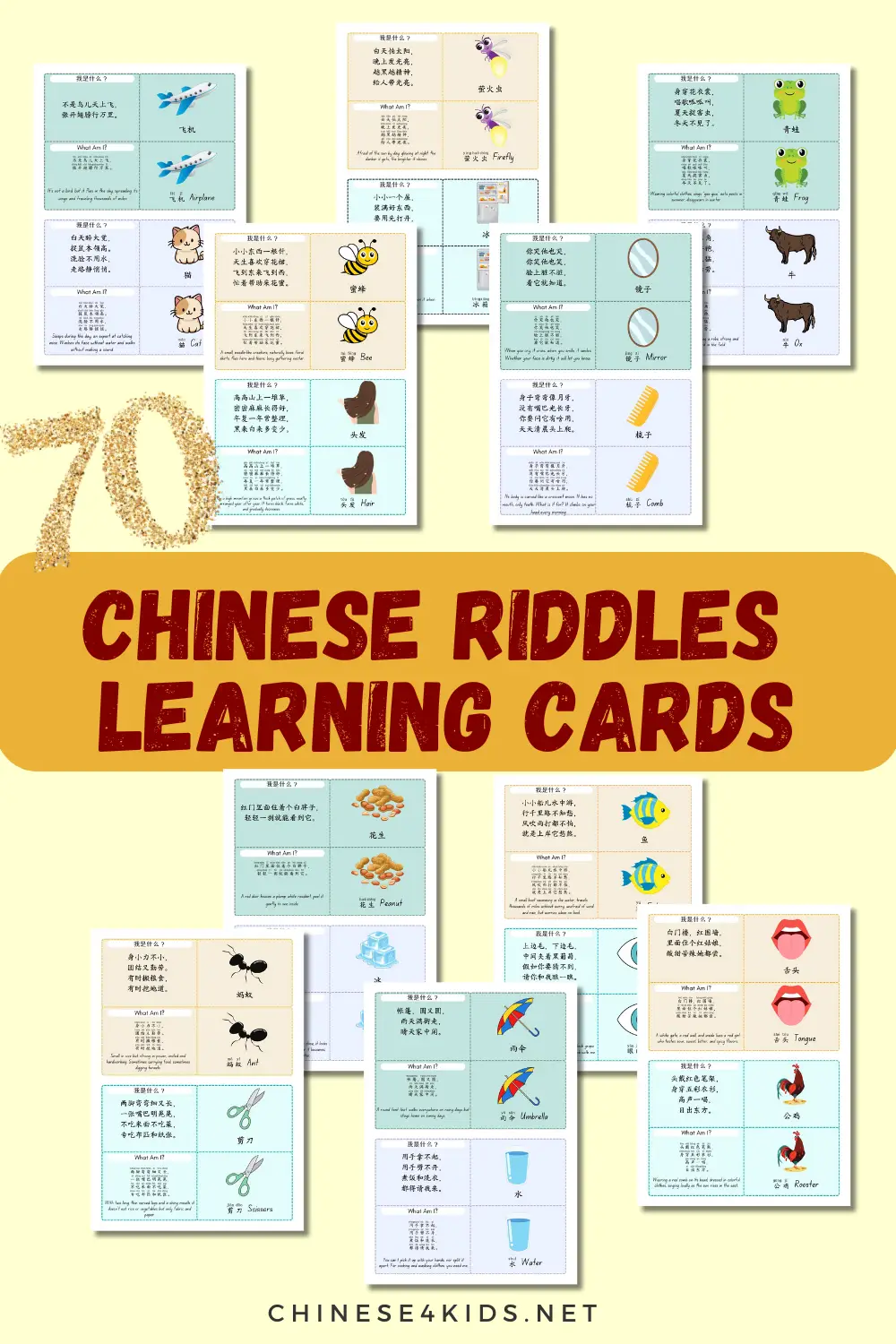
Home » Mandarin Chinese teaching resources » 5 Stages of Children’s Chinese Acquisition as a Second Language
5 Stages of Children’s Chinese Acquisition as a Second Language

“ Language acquisition is the process by which humans acquire the capacity to perceive and comprehend language (in other words, gain the ability to be aware of a language and to understand it), as well as to produce and use words and sentences to communicate.” (Wikipedia). Acquiring a second language is a whole different process. The learners, while learning a second language, possess knowledge in their first language, and then begin to learn elements in the new language. In this article we discuss the 5 stages of Chinese acquisition as a second language and the questions we can use with children at each of the stages.
Stages of Chinese Acquisition as A Second Language
According to Krashen and Terrell (1983), a child who acquires a second language progresses through 5 predictable stages: pre-production, early production, speech emergence, intermediate fluency and advanced fluency. The same stages also apply to Chinese acquisition as a second language.
Pre-production stage
The stage is also called “silent period” because most of the kids tend to be non-verbal. They nod or shake head to indicate “yes” or “no”. Or they use drawing, gestures or hand movements to express what they want to say.
Normally it takes 0 – 6 months for kids to go through this stage.
Early Production stage
At this stage, children have limited comprehension of Chinese. They are able to use one- two-word responses. They can also use key and familiar phrases, but not Chinese sentences yet.
This stage usually lasts 6 months to a year.
Speech Emergence
Children at this stage have increased comprehension of Chinese. They can produce simple sentences. Many times children make grammatical mistakes, but unable to correct errors. They can follow Chinese picture books at this stage. This is a plateau stage with possible backsliding.
It takes 1-3 years to go through this stage.
Intermediate Fluency
The next stage is intermediate fluency. At this stage children have excellent understanding of Chinese and they can make complex sentences. They still make a few mistakes and they are able to correct them when they are pointed out.
This stage usually requires 3-5 years.
Advanced Fluency
When children are at this stage, they reach near-native proficiency in Chinese and can produce highly accurate Chinese sentences. Children have no problem with fluency and are able to self-correct errors.
To reach this stage it takes another 4-10 years.
Questions to Ask to Children at Different Stage
Keeping the progressive stages in mind, we can then develop teaching strategies and questions to ask to children at different stages. Here are some examples.
For children at pre-production stage, we can use questions such as
- “指给我看…“ Show me…
- “… 在哪里“ Where is…?
- “谁有…” Who has…?
Questions we can use for children at early production stage are
- 是/不是 yes/no question
- 这个还是那个This or that question
- 什么 What…?
- 谁 Who…?
- 哪里 Where…?
- 多少 How many…?
We can use the following question with children at the speech emergence stage:
- 为什么 Why…?
- 怎么 How…?
- 解释… Explain…
With children at intermediate fluency stage, we can use questions such as:
- 你为什么认为… Why do you think…?
- 如果…会发生什么? What would happen if…?
With children at advanced fluency stage, many questions can be used, for example,
- 复述一下… Retell…
- 决定是否… Decide if…
If you like this post, PIN IT!

Related Reading:
- Chinese and Mandarin – Are they the same Chinese language?
- Proactive and Reactive Approaches of Learning Mandarin Chinese
You May Also Be Interested:
- Chinese4kids Membership – a portal for busy Chinese teachers and parents
- Chinese learning flashcards Hive – a flashcards library that with regular additions of new quality Chinese learning flashcards
- Chinese learning worksheets collection – Also a part of Chinese4kids membership, this collection is for teachers and parents who want to have access to engaging worksheets and activity sheets created for kids learning Mandarin Chinese as an additional language
- Speak Chinese with Kids Course

You May Also Be Interested:
- Chinese4kids Membership – a portal for busy Chinese teachers and parents
- Chinese learning flashcards Hive – a flashcards library that with regular additions of new quality Chinese learning flashcards
- Chinese learning worksheets collection – Also a part of Chinese4kids membership, this collection is for teachers and parents who want to have access to engaging worksheets and activity sheets created for kids learning Mandarin Chinese as an additional language
- Speak Chinese with Kids Course
- Chinese Vocabulary Made Easy Course
Recent Posts
Join Our Membership
Enroll to A Course
Buy An eBOOK
Our Posts



